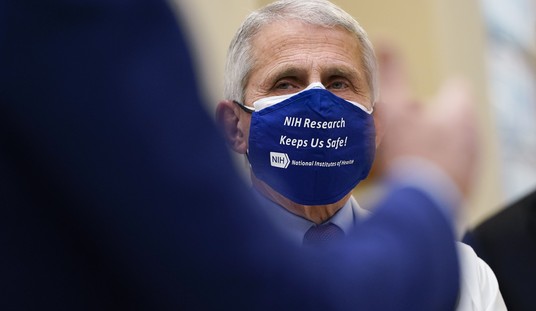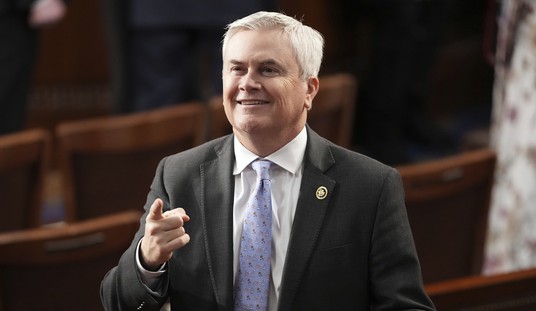After what happened in the United Kingdom, I know many hoped the polls would be wrong in Canada, since they were predicting a defeat for the Conservatives, and a minority government for Justin Trudeau’s Liberals.
It turns out the polls were wrong. Trudeau has won a majority government. As Stephen Harper exits the scene, let’s look at how the man who built a small-c and big-C Conservative party into a decade-long government, finally managed to lose one thanks to the price of oil.

First off: yes, the polls were wrong. A majority was outside of the confidence interval for the Liberal Party of Canada, according to Eric Grenier’s poll aggregate. In fact he put his prediction down, as Canada’s leading poll aggregator, in black and white: “The Liberal Party leads with 146 seats and is 24 seats from winning a majority government.” The top end of his 95% confidence interval had the LPC at 161.
However CBC shows that the Liberals won 184 seats for a comfortable majority over the Conservative 99, New Democrat 44, Bloc Quebecois 10, and Green 1.
The key provinces were of course Ontario and Quebec. Last time the Conservatives won Ontario, and the New Democrat Party won Quebec. But this time the Liberals won a majority of seats in both provinces, and that was the game. Throw in that the Liberals swept the Atlantic provinces of New Brunswick, Nova Scotia, Prince Edward Island, and Newfoundland and Labrador, and that’s how you win a majority.
But why did it happen? Oil. Canada has been able to benefit from the boom in new oil technologies much as the United States has. But being a smaller country, Canada’s economy was less able to withstand the crash in the oil price seen over the last year. As a result, the Canadian Dollar has also fallen over the last year, from near parity with the US Dollar when the price of oil was high, to about 75 cents now.
That disparity between the US Dollar and the Canadian Dollar was felt by ordinary Canadians in their daily lives. It’s not like how it is in the US, where most of us only feel the fluctuations of the US Dollar directly when we specifically choose to import things, or to travel abroad. But most Canadians live near the US border. When American goods cost them more Canadian Dollars, then the Canadian economy suffers.
So it’s easy to guess what happened: The Canadian economy shrank for the first half of this year, with the GDP falling in each of the first six months of 2015, according to Statistics Canada. The unemployment rate grew this year as well, spiking sharply over the last few months after years of a downward trend.
The voters, feeling the pinch, decided to vote for change in the form of the Liberal Party, historically the most successful party in Canada’s history.
It’s the end of an era in Canada. Stephen Harper leaves a nation with the fundamentals for economic growth, once it finishes weathering this bad spot of volatility in the energy sector. But with the corrupt Liberals returning to power after a decade in the wilderness, led by an Obama-esque figure who will lead his country only by virtue of his last name, fasten your seat belts Canada (attachez vos ceintures Canada).
Photo by bartlettbee on flickr













Join the conversation as a VIP Member